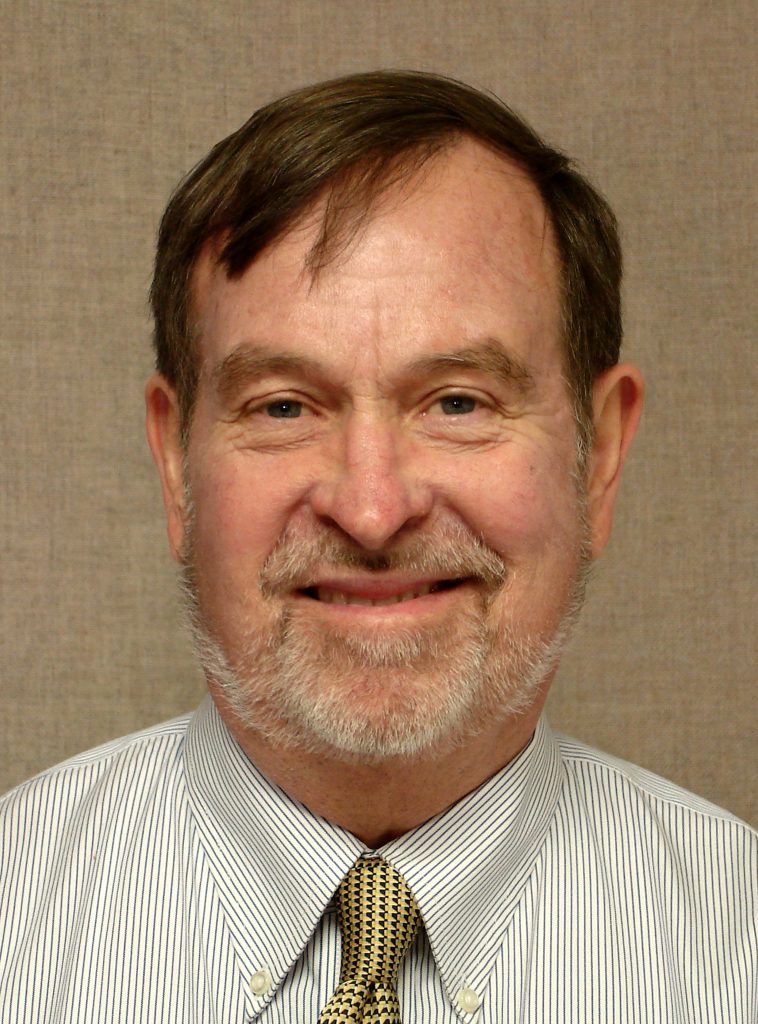
Carolina has launched its first science department created in the College of Arts and Sciences in nearly 40 years to better facilitate the movement of basic scientific ideas to the marketplace where they can make a difference.
The Department of Applied Physical Sciences, which launched last summer, will recruit and educate scholars across disciplines who will help translate the bench science Carolina is known for to the products and services that will change lives. Peter Mucha, distinguished term professor and applied mathematician, is the chair of the new department.
“The Department of Applied Physical Sciences aims to fill an essential gap in the ecosystem of discovery and innovation,” he told the Board of Trustees on March 27. “In order to remain competitive, we need more faculty who make materials and build devices, working in this critical space between science and engineering.”
Recognized as a section of the National Academy of Sciences – just like physics or biology or chemistry – applied physical sciences combines cutting-edge knowledge of discovery with an engineering mindset to address real-world problems. Scholars who find themselves working in the intersection of basic and translational sciences can now find at Carolina a departmental home where they fit.
“We have many excellent applied scientists, but we’ve had to try to figure out how to fit them into our basic science departments,” Mucha said. “This new department now gives us the opportunity to better balance this spectrum of basic and applied research going forward.”
While Carolina does not have a school of engineering, many UNC scholars work closely with engineers in the Triangle and beyond. Mucha said a department with an engineering mindset was needed to enhance opportunities, complement existing campus strengths and open doors to more funding from licensing and corporate sponsorships.
To meet this need, Karen Gil, dean of the College of Arts and Sciences, charged an interdisciplinary task force in 2011 to develop a strategic plan to ensure that the college’s science programs were properly positioned to help Carolina become a global leader in science innovation.
With the applied physical sciences department, Carolina will be able to better address some of the great challenges and “what-if” questions of our time.
While the department was founded to lead basic research to application, Mucha said the interplay of those ideas is a two-way street. “New technical challenges in device design and optimization frequently motivate basic science questions because we need better fundamental understanding in order to address improvements in those devices,” he said.
New faculty hires will join an existing core that includes the faculty hired by the Institute for Advanced Materials (IAM), a precursor of the new department, which has been fully folded into it. Between 2010 and 2013, the six faculty hired by IAM were the lead principal investigators on a total of more than $42 million in federal grants, demonstrating their impact with patents, entrepreneurial ventures, corporate partnerships and consulting activities.
“Faculty affiliated with the founding of the new department have used nanotechnology to target drug treatments for cancer, cystic fibrosis and other diseases; developed improved lab-on-a-chip technologies for clinical diagnostics and environmental monitoring; and have been working to make solar energy more economical,” Mucha explained.
The department is in the process of recruiting new faculty who will collaborate with existing science departments in the college as well as the professional schools. The goal is to spearhead innovative devices to solve problems and inspire new questions and collaborations. Future plans include building up the existing graduate program in materials sciences, seeking space for collaboration and launching undergraduate tracks in applied sciences that emphasize innovation and entrepreneurship.
In the increasing convergence between life and physical sciences – particularly in the use of nanomaterials and biomaterials – an investment in applied physical sciences is the investment in health sciences, energy and water that Carolina needs to be a leader for decades to come, Mucha said.
“The activities of this department are organized around ideas to impact – to build things and apply knowledge, and unite with other campus activities – so that Carolina is recognized as a world leader, not just in the creation and teaching of knowledge, but also the application of that knowledge,” he said.
[ By Courtney Mitchell, University Gazette]




